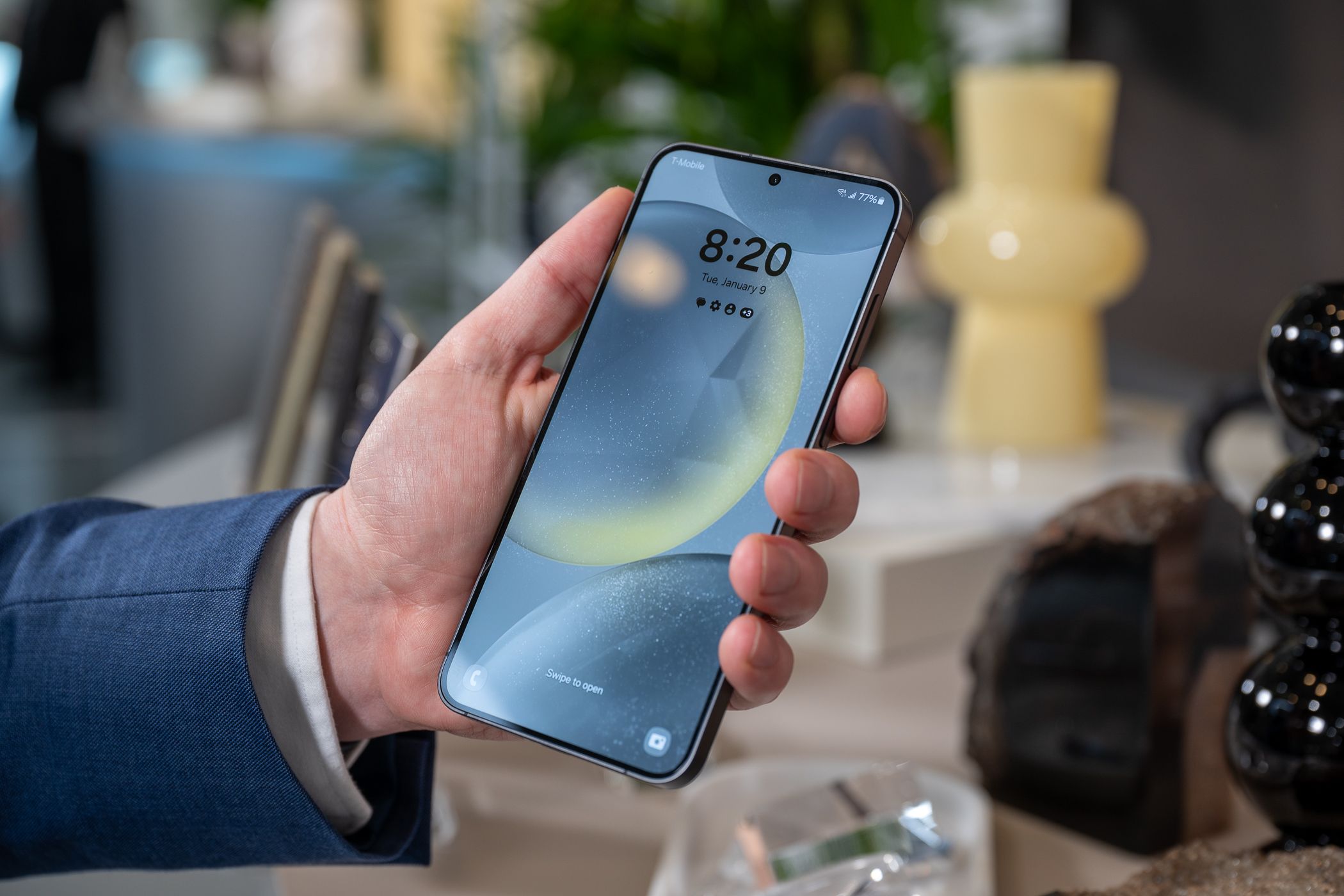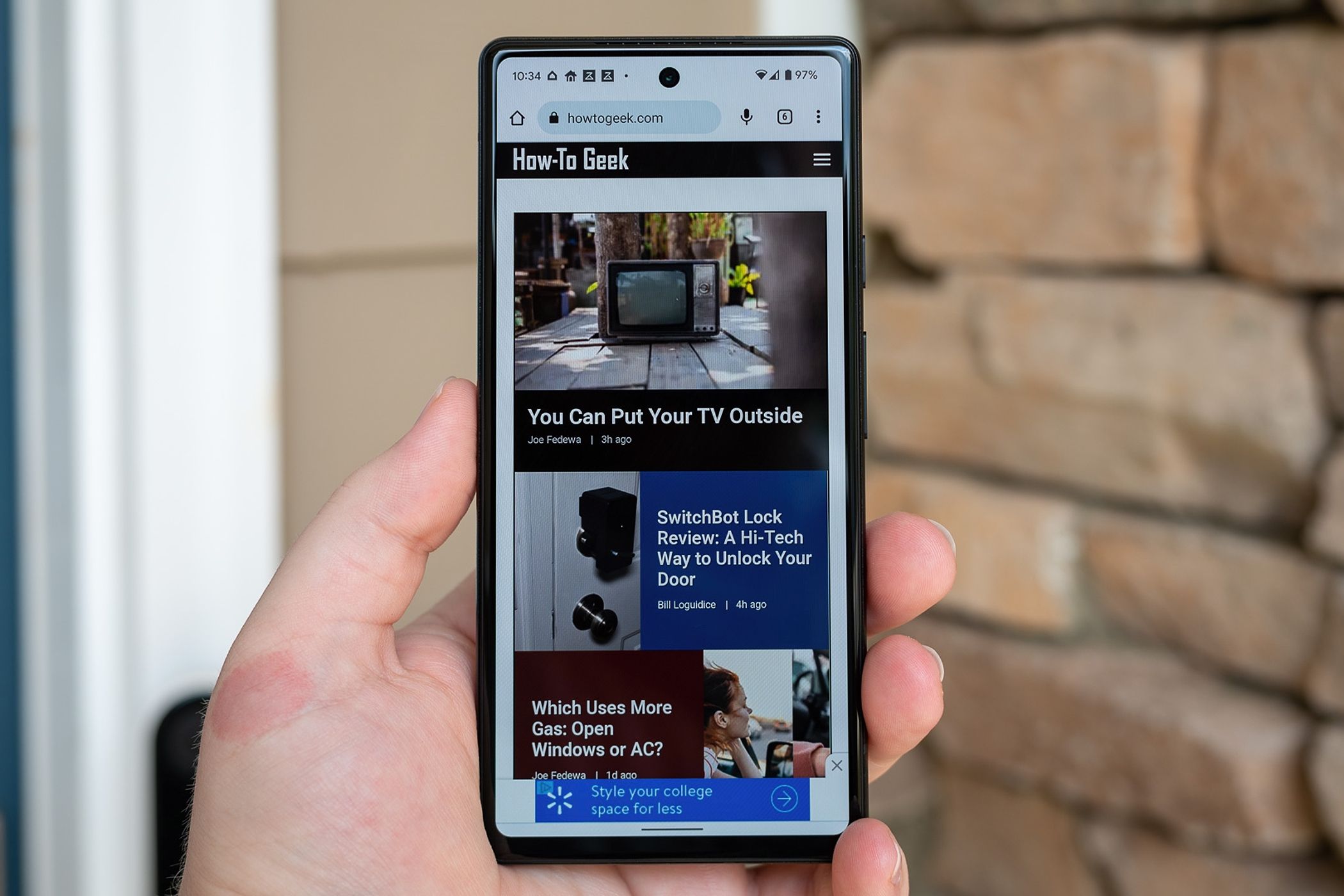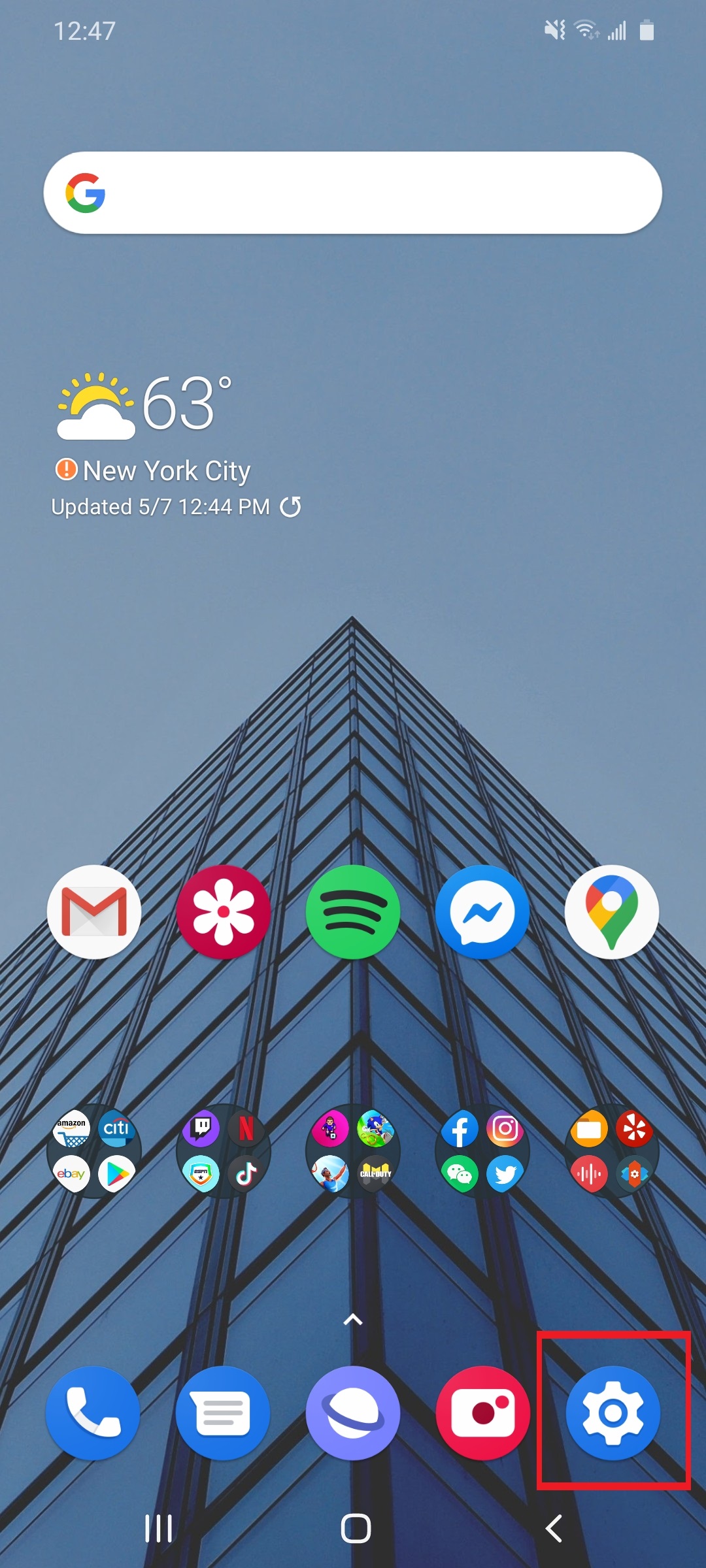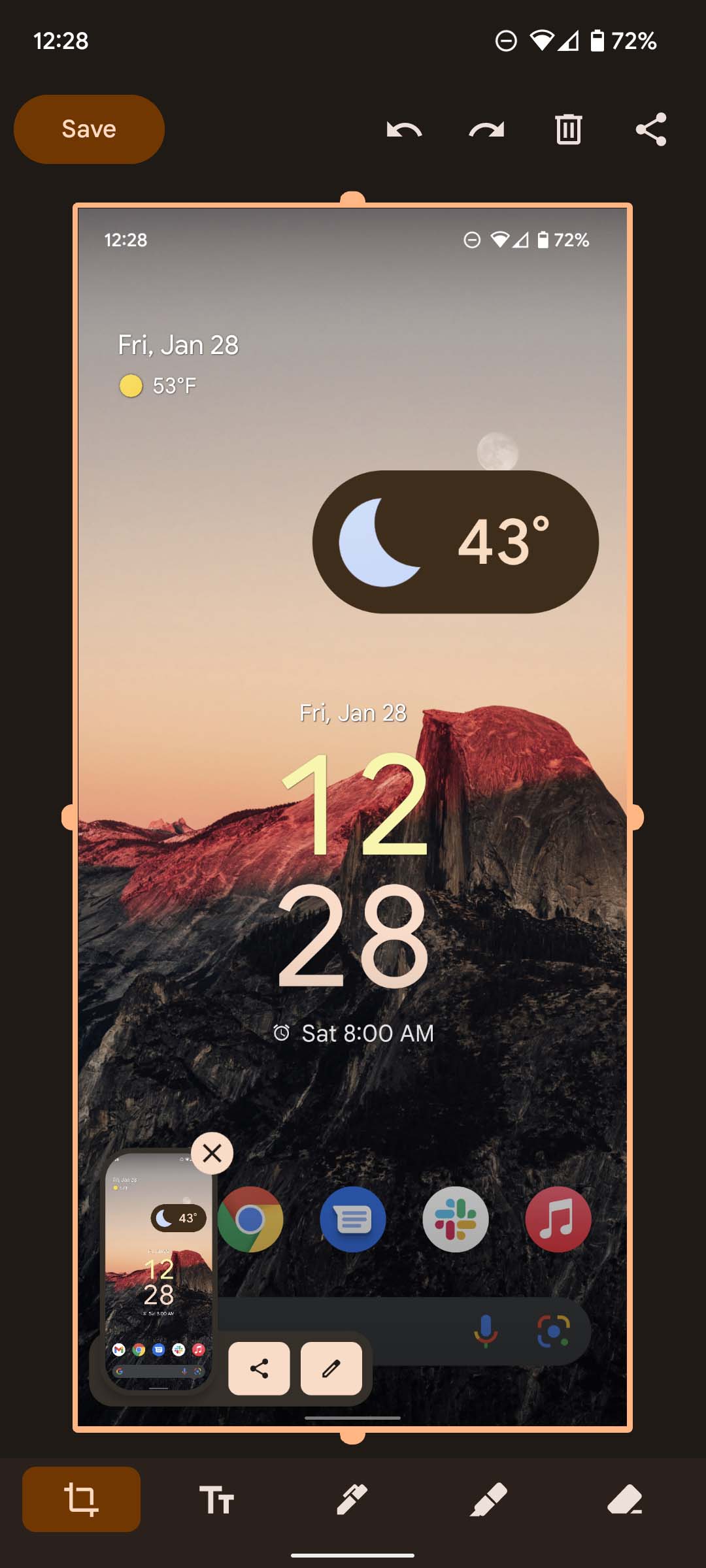How to Screenshot on an Android Phone
Android phones are equipped with a range of features that make them versatile and user-friendly. One such feature is the ability to take screenshots, which allows users to capture and save what’s displayed on their screens. Whether you want to save a memorable conversation, capture an important piece of information, or simply share something interesting with others, knowing how to take a screenshot on your Android phone is a valuable skill. In this comprehensive guide, we will explore the various methods available for capturing screenshots on Android devices, as well as tips and tricks to make the process seamless and efficient.

Using Hardware Buttons
One of the most common and straightforward methods for taking a screenshot on an Android phone involves using the device’s hardware buttons. Most Android phones have a standard combination of buttons that, when pressed simultaneously, trigger the screenshot function. To take a screenshot using this method, simply press the “Power” button and the “Volume Down” button at the same time. Hold both buttons for a couple of seconds until you see a visual or hear an audible confirmation, indicating that the screenshot has been successfully captured. Once the screenshot is taken, you can access it from the gallery or notification panel, where you can view, edit, and share it as needed.
Utilizing the Power Menu
In addition to using hardware buttons, many Android devices offer a convenient shortcut for taking screenshots through the power menu. To access this feature, simply press and hold the “Power” button on your phone until the power menu appears on the screen. Once the power menu is displayed, look for the “Screenshot” option and tap on it to capture the current screen. This method provides a quick and hassle-free way to take screenshots without having to press multiple buttons simultaneously. After taking the screenshot, you can find it in the gallery or notification panel, where you can manage and share it according to your preferences.

Gesture-Based Screenshot
Some Android phones come with a gesture-based screenshot feature that allows users to capture their screens by swiping or tapping on the display. To check if your device supports this functionality, navigate to the settings menu and look for the “Gestures” or “Motions and Gestures” section. Once located, enable the gesture for taking screenshots and follow the on-screen instructions to activate it. Common gestures include swiping the edge of the screen with your palm or tapping the screen with three fingers. Once the gesture is performed, the screen will flash, indicating that the screenshot has been successfully captured. This method offers a hands-free approach to taking screenshots and can be particularly useful for users with limited dexterity or mobility.
Using Google Assistant
Google Assistant, the virtual assistant developed by Google, offers another convenient method for taking screenshots on Android phones. To use this feature, simply activate Google Assistant by saying, “Hey Google,” or by pressing and holding the home button. Once Google Assistant is active, you can command it to take a screenshot by saying, “Take a screenshot,” or “Capture the screen.” Upon issuing the command, Google Assistant will capture the current screen and provide options for editing or sharing the screenshot. This method is especially useful for users who prefer voice commands or want to take screenshots hands-free while multitasking.

Third-Party Apps
In addition to the built-in methods for taking screenshots, there is a wide range of third-party apps available on the Google Play Store that offer advanced screenshot functionality. These apps often provide additional features such as image editing, scrolling screenshots, annotation tools, and cloud storage integration. When choosing a third-party screenshot app, consider factors such as user ratings, reviews, and the specific features that best suit your needs. Popular screenshot apps include “Screen Master,” “Screenshot Easy,” and “Screenshot Touch,” among others. By exploring third-party apps, you can customize your screenshot experience and access a variety of tools to enhance and manage your captured images.
Editing and Sharing Screenshots
Once you have successfully captured a screenshot on your Android phone, you may want to edit, annotate, or share it with others. Android devices come equipped with built-in editing tools that allow users to crop, draw, add text, and apply filters to their screenshots. To access these editing features, open the screenshot from the gallery or notification panel, and look for the editing icon or option. Additionally, you can use third-party photo editing apps to further enhance and customize your screenshots before sharing them. After editing, you can share your screenshots through various platforms such as messaging apps, social media, email, or cloud storage services.

Organizing Screenshots
As you accumulate a collection of screenshots on your Android phone, it’s essential to establish an organized system for managing and accessing them efficiently. Consider creating dedicated folders or albums within your phone’s gallery app to categorize your screenshots based on their content or purpose. For example, you might create folders for work-related screenshots, personal moments, inspirational quotes, recipes, or travel plans. By organizing your screenshots into specific categories, you can easily locate and retrieve them when needed, saving time and reducing clutter in your photo gallery.
Tips for Successful Screenshots
To ensure that you capture clear and high-quality screenshots on your Android phone, consider the following tips:
- Clean your screen: Before taking a screenshot, make sure the screen is free from smudges, dust, or obstructions to ensure a clear and crisp image.
- Use landscape orientation: When capturing screenshots of apps, web pages, or videos, consider using landscape orientation for a wider and more comprehensive view.
- Avoid pressing other buttons: When using the hardware button method, be mindful of not accidentally pressing other buttons that may interrupt or disrupt the screenshot process.
- Capture relevant information: When taking screenshots for reference or documentation, ensure that the relevant information is clearly visible and legible within the captured image.
- Manage storage space: Regularly review and delete unnecessary screenshots to free up storage space on your device and keep your gallery organized.

Conclusion
Mastering the art of taking screenshots on your Android phone empowers you to capture and preserve valuable moments, information, and visual content with ease. Whether you prefer using hardware buttons, gestures, Google Assistant, or third-party apps, there are multiple options available to suit your preferences and needs. By familiarizing yourself with the various methods and best practices for taking, editing, and organizing screenshots, you can elevate your user experience and make the most of this essential feature offered by Android devices. With these tools and techniques at your disposal, you’ll be equipped to capture and share your favorite moments and important content effortlessly, enhancing your digital interactions and communication.

